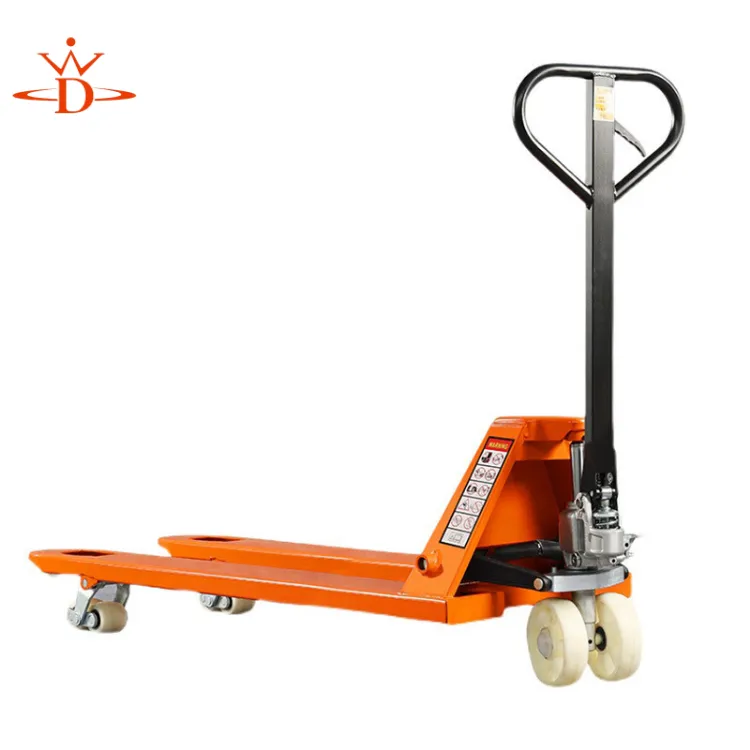moving large machinery
Moving Large Machinery A Comprehensive Guide
Moving large machinery is an intricate process that requires careful planning, specialized equipment, and skilled professionals. Industries such as construction, manufacturing, and mining often necessitate the transportation of substantial and heavy equipment, like cranes, excavators, and industrial generators. The successful movement of such machinery hinges on understanding the challenges involved and implementing best practices.
Understanding the Challenges
One of the primary challenges in moving large machinery is the sheer weight and size of the equipment. These machines can weigh several tons, requiring robust transportation methods that can support their heft. Additionally, large machinery often has unique dimensions, which can make navigating standard roadways and pedestrian areas difficult. Overhead bridges, low clearances, and narrow streets can pose significant risks if not properly assessed prior to transport.
Furthermore, the potential for damage to both the machinery and the transport routes is another critical consideration. Large equipment can be sensitive to vibrations, which makes securing them during transit essential. Any oversight could result in costly repairs or, worst-case scenario, total loss of the machinery.
Planning the Move
The first step in moving large machinery is meticulous planning. This involves several stages, starting with a detailed survey of the route. Professionals must assess the path to ensure it can accommodate the size and weight of the load. This may involve obtaining permits, particularly when moving on public roads or through restricted areas. Certain states or countries have specific regulations regarding oversized loads that need to be adhered to.
moving large machinery

Next, selecting the right transportation vehicle is crucial. Flatbed trucks, lowboys, or specialized trailers may be necessary, depending on the machinery being moved. These vehicles must be equipped with adequate support structures and securing mechanisms to ensure that the equipment remains stable throughout the journey.
Ensuring Safety
Safety is paramount when moving large machinery. Beyond the structural considerations, it is essential to have a team of experienced riggers and operators who understand the complexities involved in loading, transporting, and unloading heavy equipment. A skilled team will not only ensure that the machinery is secured properly but also implement safety measures to protect onlookers and other road users.
Additionally, employing technology can enhance safety. GPS tracking allows for real-time monitoring of the movement, while advanced securing systems can minimize the risk of shifting during transport. Continuous communication between team members throughout the process helps to manage any unexpected challenges effectively.
Conclusion
In summary, moving large machinery is a complex but manageable endeavor when approached with thorough planning and expert execution. By understanding the challenges, conducting detailed route assessments, selecting the right transportation methods, and prioritizing safety, businesses can ensure the successful relocation of their valuable equipment. Whether it is for a construction project, industrial operation, or mining activity, the principles of careful planning and execution remain consistent. With the right strategy and team in place, moving large machinery can be accomplished efficiently and safely.
-
Unlock Seamless Relocation with Our Heavy Equipment Moving ExpertiseNewsJun.06,2025
-
Unleash Unrivaled Flexibility with Our Adjustable Gantry CraneNewsJun.06,2025
-
Unleash Heavy-Duty Efficiency with Our Industrial Gantry Crane SolutionsNewsJun.06,2025
-
Revolutionize Steel Handling with Our Magnetic Lifter RangeNewsJun.06,2025
-
Master Equipment Mobility with Premium Machinery Mover SolutionsNewsJun.06,2025
-
Elevate Your Material Handling with Magnetic Lifter TechnologyNewsJun.06,2025
-
YS Permanent Lifting Magnets: The Smarter Way to Handle SteelNewsMay.22,2025
